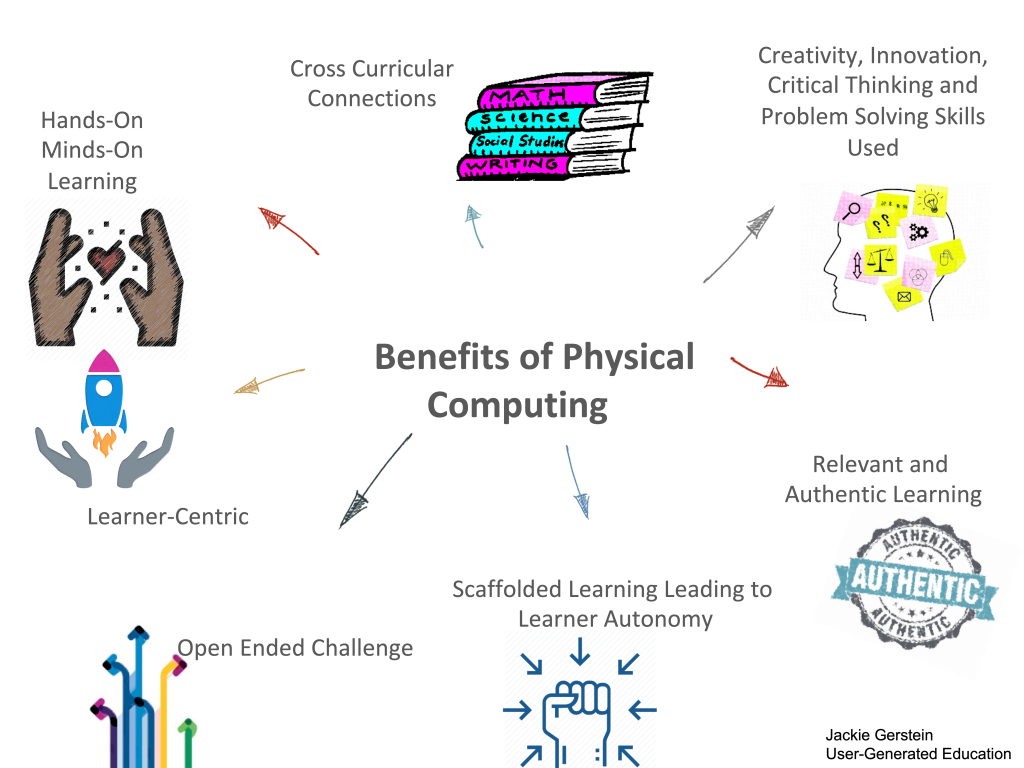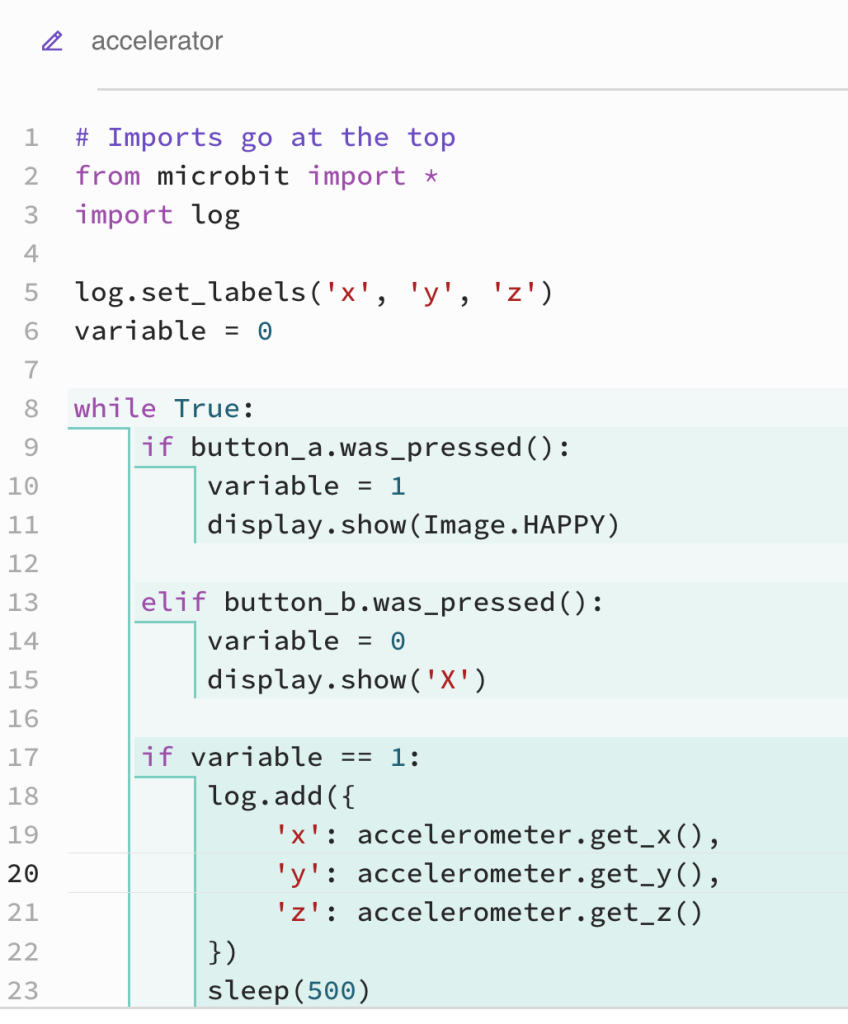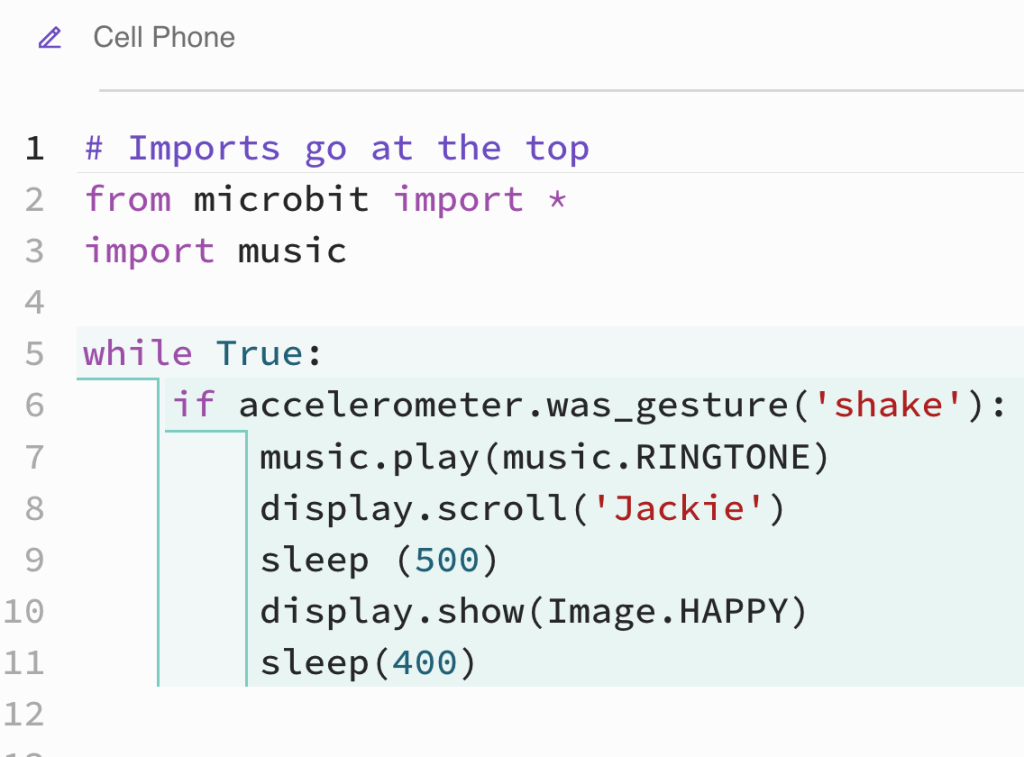I tend not to go to the “same” conferences each year as I find a lot of repetition from previous years. ISTE is the exception. ISTE 2010 was the fourth consecutive ISTE conference I attended. I love attending this conference to learn more about technology and technology integration. Many educators practice, preach, recommend the pedagogy prior the technology. I do not separate the pedagogy from the technology. I see them as fluid, interweaving, and interconnected leading to synergetic results. I ask, “How can the technology enhance a solid pedagogy and the educational process? How does/can technology influence and drive learning?”
As I stated, this was my fourth ISTE conference. The first two (Atlanta and San Antonio) were great in terms of learning but lonely in terms of human interaction. When told to network, the muscles in my body tighten in anxiety. If it occurs within a session, I get up and leave or dive head first into my computer. Even though I love 1:1 interactions, I am very uncomfortable initiating those interactions with folks I don’t know. But, interestingly, a shift occurred during the NECC09 in Washington, DC. I had been on Twitter and in Second Life for most of the year prior to this conference. Virtual connections were made and relationships were built during that year. I got to meet them in Real Life at this conference. It was like meeting old friends. We would recognize one another via our Twitter and Second Life names and give hugs like old friends who have not seen each other in a long time. I did not have a “lonely” conference in ’09, but I still focused on gaining technology insights.
So I went to ISTE10 with a planner overfilled with what I can learn more about how to “do” this cycle of technology to enhance learning, learning being driven with technology. I attended my selected sessions and started hearing about uses of tools that are commonplace to me now – VoiceThread, Glogster, Google Apps, and found myself online reading Twitter instead of listening to the sessions. Upon later reflection, I realized that with the advent and proliferation of social media – twitter, live webinars, startpages with RSS feeds of blogger sites – I learn about these technology and tools continually . . . not needing a conference to do so.
What I ended up really loving about #ISTE10 was meeting and reconnecting with so many of my social networked friends (including K9, Knowclue, Lucie deLaBruere, Erin Barrett, Andrea Hernandez, Maureen Tumanas, Paula Naugle, Kim Caise, Peggy George, Shannon Miller – to name a few) and created some indelible and deep memories with others:
- I have been using Helen Barrett’s work on ePortfolios (http://electronicportfolios.com/) for over a decade. She is a lifelong learner and a model of how instructional strategies (in this case ePortfolios) can continually be altered and adjusted to meet changing/emerging technologies. She also showed me some cool iPhone apps and how very fun she is.
- Anne Collier’s work on internet safety (http://www.netfamilynews.org/bio.html) is among the best. I had some amazingly intelligent conversations with her about the internet. She reinforced for me that it is important to do your research. She uses intelligent, logical, research-supported arguments to demonstrate that the internet can be a safe place for our students.
- I have been learning about Bernajean Porter’s work on digital storytelling via Second Life for some time (http://www.bjpconsulting.com/) . She always seems to plant a “nugget of insight” into my thoughts that wasn’t there before. During some one on one time with her, I discovered her passion for Vision Stories (http://www.ustream.tv/recorded/7979510). This fits with my penchant for narrative therapy. Passion-to-passion connection is extremely powerful. I have no doubt we will make it grow into something new and exciting for the both of us as well as with those we teach.
- The beginning of the conference for me was Edubloggercon (http://www.edubloggercon.com/EduBloggerCon+2010). I came late after a flight and was a bit disoriented. After a first session in this state, I settled into a session facilitated by Angela Maiers (http://www.angelamaiers.com/) and Jeff Utecht. My brain kicked into gear as the discussion turned to how to teach kids about digital citizenship. I went up to Angela after the session to introduce myself and thank her. She was one of those folks I got to know virtually during the past year. Upon introducing myself, she gave me one of those old friend hugs . . . a genuine, strong, connected hug. For an introvert like me, it connected me to the social aspect of the conference.
- One of my “deepest” discussions occurred during my last hour at the conference as I met Kevin Honeycutt (http://ktls.net/?q=kevinh). He articulates so passionately, beautifully a world that respects and honors the learning of all kids. It has almost perfect congruence with my beliefs and he says it so much more eloquently than me.
One of my most interesting, thought-provoking experiences (on many levels), though, occurred on Tuesday afternoon. I volunteered to give a demo about how to use Twiiter in the Social Media playground at 3:30. As I was leaving my previous session, I noticed a long line waiting to get into the next session. I asked someone who was speaking and they said Ian Jukes. I had heard the name and visited his website – http://www.committedsardine.com/ . (Personal biases – his website appeared to me to be a sales site so I didn’t explore further). No one showed up for the Twitter demo session, but I noticed a crowd gathering and was told that it was for a live session to #Edchat (http://edupln.ning.com/forum/topics/edchat-at-iste10) at 4:30. I decided to hang out and wait for the #Edchat. In the Playground, Ian Jukes’ talk was being streamed. Since, as I stated, networking is not within my DNA, I decided to watch the talk while more folks arrived for the #edchat and began talking to one another. The more I listened the more I became intrigued and excited about what he was saying. I wanted to state loudly to the gathering crowd, “You need to listen to what this guy has to say” . . . and at the end of the talk, I wanted to get up and clap . . . but did not do so knowing it would embarrass me. His talk was the highlight of ISTE10 for me in terms of “content”. Some of the “power nuggets” he talked about included:
- No one wants or needs obsolete excellence in education.
- We’re training kids for routine cognitive work which is increasingly disappearing.
- 40% to 55% of students are dropping out of school. If 40%-55% of business widgets didn’t work, it would be out of business.
- Increasingly the education system is trying to fit standardized tests into the non-standardized brains of students.
- Richard Florida’s The Creative Class http://www.creativeclass.com/
When I get excited about “things”, I want others to experience those “things”. I understand the need to social connection and interaction, but found myself disappointed that those waiting for the #edchat to start did not hear his message. BUT because of the magic of technology, his talk was recorded and can be watched here – http://www.istevision.org/viewsession.php?id=120 I encourage all to do so.
So what I learned/re-learned at ISTE 2010 . . . Pedagogy + Technology + Content + Connection (noting that these are integrated, synergetic . . . flowing in and around one another) = Rich, Engaging, Authentic Learning (for me, at least).




